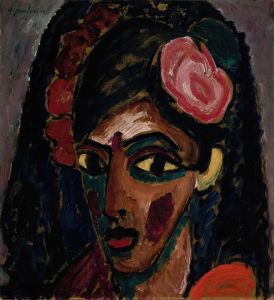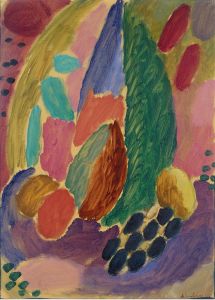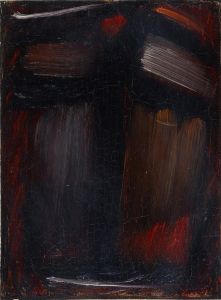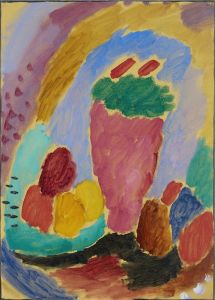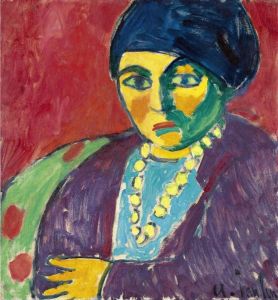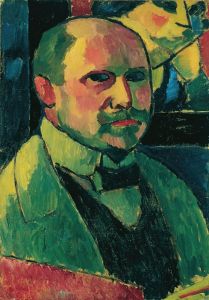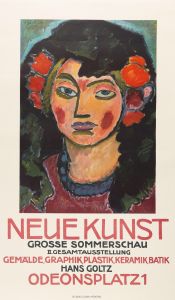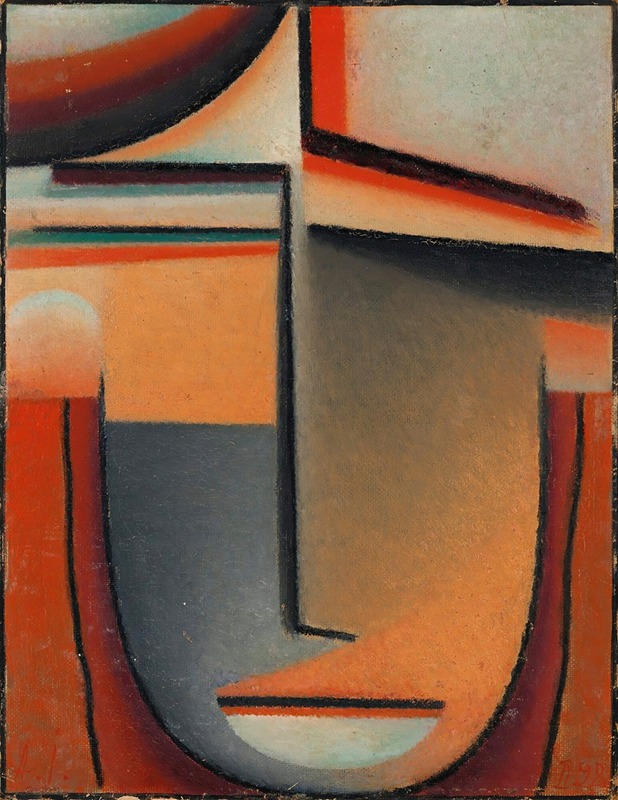
Abstract Head; Tragic
A hand-painted replica of Alexej von Jawlensky’s masterpiece Abstract Head; Tragic, meticulously crafted by professional artists to capture the true essence of the original. Each piece is created with museum-quality canvas and rare mineral pigments, carefully painted by experienced artists with delicate brushstrokes and rich, layered colors to perfectly recreate the texture of the original artwork. Unlike machine-printed reproductions, this hand-painted version brings the painting to life, infused with the artist’s emotions and skill in every stroke. Whether for personal collection or home decoration, it instantly elevates the artistic atmosphere of any space.
Alexej von Jawlensky (1864-1941) was a Russian expressionist painter who spent much of his career in Germany. He is known for his vibrant use of color and his development of a distinctive style that combined elements of Russian folk art with modernist abstraction. One of his notable works is "Abstract Head; Tragic," which is part of his series of abstract heads created during the later years of his career.
"Abstract Head; Tragic" is an oil painting that exemplifies Jawlensky's mature style, characterized by bold, simplified forms and a focus on the emotional and spiritual essence of the subject. This painting, like others in the series, features a highly stylized human face, reduced to its most essential elements. The face is composed of geometric shapes and strong lines, with an emphasis on the eyes, which are often considered the windows to the soul. The use of color in this work is particularly striking, with deep, somber tones that convey a sense of tragedy and introspection.
Jawlensky's abstract heads were influenced by his interest in spirituality and his desire to express the inner life of the human spirit. He was deeply influenced by the Russian Orthodox icons of his youth, which often depicted religious figures with a similar focus on the eyes and a sense of otherworldly presence. In "Abstract Head; Tragic," Jawlensky's use of color and form creates a powerful emotional impact, inviting viewers to contemplate the deeper meanings behind the simplified visage.
The series of abstract heads was created during a period of personal and professional turmoil for Jawlensky. After World War I, he faced financial difficulties and health problems, which were compounded by the rise of the Nazi regime in Germany. Despite these challenges, he continued to paint, driven by his belief in the transformative power of art. The abstract heads, including "Abstract Head; Tragic," are a testament to his resilience and his commitment to exploring the spiritual dimensions of human experience.
Jawlensky's work, including "Abstract Head; Tragic," has been exhibited in major museums and galleries around the world. His contributions to the development of modern art have been widely recognized, and he is considered a key figure in the expressionist movement. His abstract heads, in particular, have been praised for their innovative approach to portraiture and their ability to convey profound emotional and spiritual truths through abstraction.
In summary, "Abstract Head; Tragic" by Alexej von Jawlensky is a significant work within the artist's oeuvre, reflecting his mature style and his deep engagement with the spiritual and emotional aspects of human existence. The painting's bold use of color and form, combined with its evocative subject matter, make it a powerful example of Jawlensky's contribution to modern art.








